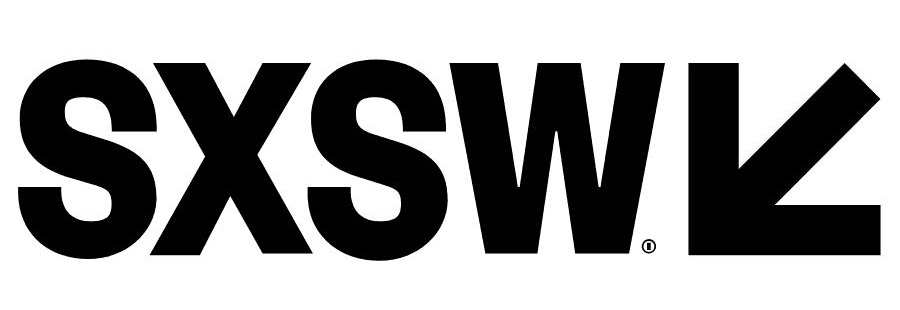
In February, more than 120 artists signed an open letter to SXSW from the Union Of Musicians And Allied Workers (UMAW) demanding higher pay, a wristband to the festival (in addition to financial compensation), remove the application fees, and provide the same compensation to international artists. Well, according to Texas Public Radio, SXSW Music has “quietly” increased wages for performers, starting in 2024. That’s it, though.
As the organization opened applications today for next year, it showed a slight pay bump: $350 for group performers and $150 for solo artists, up from $250 for bands and $100 for solo artists. Apparently SXSW said it posted the new rates earlier in June but didn’t make a formal announcement. It’s also worth noting that the original open letter demanded payments of $750 for all artists.
The festival will continue to give domestic artists a choice between money and a wristband, which gives artists access to shows. SXSW says it’s expanding wristband perks to include free meals and drinks. International artists still won’t be paid, and the festival will continue to charge a $35 application fee, though the policy says waivers are available for “specific local music organizations.”
On Monday, members of the Austin Parks And Recreation Board voted to recommend that the Austin City Council work to make sure artists who play at SXSW Music receive “fair pay” for their work. At that meeting, Pat Buchta — head of the nonprofit Austin Texas Musicians — said the wage increase is a step in the right direction, but he still hoped the festival would consider raising wages even higher. “Respectfully, is that enough?” he asked. “Our musicians do not think so, and musician input is the one thing that everybody seems to be missing in this conversation.”
Meanwhile, In a statement to KUT, SXSW Vice President Of Music James Minor said SXSW gives artists the chance to network unlike other “consumer-focused festivals.”
“It is essential for us to continue to provide opportunities that make the most impact in supporting the thousands of artists who come to Austin every March,” he said. “We are grateful to the music community — from industry executives and production workers to the artists themselves — for creating such a unique atmosphere in Austin in March.”


 67
67